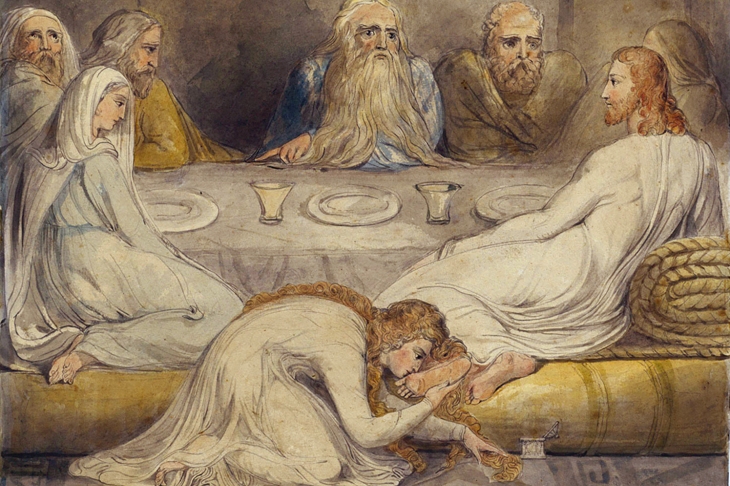It is always interesting to see what art historians get up to when none of the rest of us is looking. It is hard to know what the inspiration for The Mummy’s Foot and the Big Toe can possibly have been, but if this very short book offers the kind of approach that will go down well in the enclosed world of the academic conference, Alan Krell might find the common reader a tougher nut to crack.
Having said that, however, those with a taste for such things will probably find plenty to enjoy in a book that ranges from the bare foot as symbol of freedom to the foot as ‘fetish and fancy, object of desire and of abjection, and vehicle for the comic, the absurd and the empowering’ in the context of literature, art, sport and film. Krell is not one to shy away from pedal metaphors, aphorisms and puns, so to say that this is a huge task for a stocking-filler of a book is not altogether inappropriate.
Krell’s five chapters kick off with a critique of Theophile Gautier’s short story ‘The Mummy’s Foot’, a conte fantastique about the detached foot of a mummified Egyptian princess which moves, talks and conjures up its footless owner. It also provides the author with a platform for discussing orientalism in western art forms, Freudian analysis of fetishism and Marxist interpretations of commodification.
Succeeding chapters deal with an essay by another French writer, Georges Bataille, photographs by the Australian, Pat Brassington, Biblical foot-washing scenes, Chinese foot-binding, long-distance runners and, finally, feet in films from Charlie Chaplin to Quentin Tarantino. It is a great hotch-potch and, pace the heavy-duty semiotics brought to bear at every juncture, comes over like a seminar in which the powerless reader longs to take part — querying, arguing, contesting, asking for more information.








Comments
Join the debate for just £1 a month
Be part of the conversation with other Spectator readers by getting your first three months for £3.
UNLOCK ACCESS Just £1 a monthAlready a subscriber? Log in